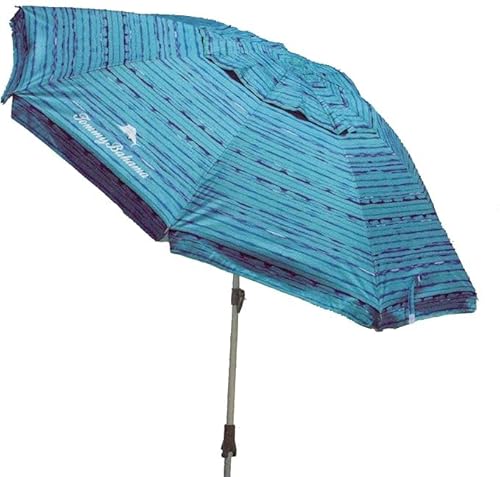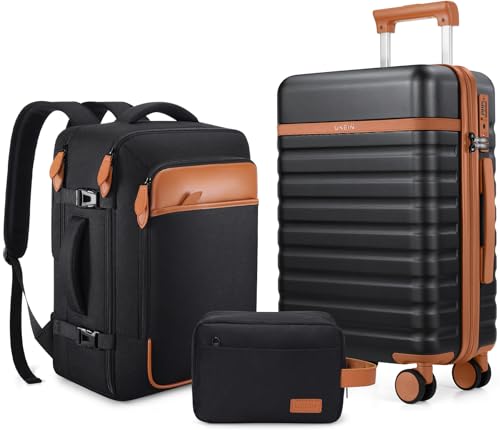






To ensure that your gear remains stable during transit, utilize high-quality ratchet straps or heavy-duty bungee cords. These tools provide the necessary tension to keep items intact, preventing any potential shifting or damage.
Begin by strategically placing the objects in the back of your vehicle. Arrange them so that heavier items are at the bottom and lighter ones on top. This formation keeps the center of gravity low and reduces the chance of toppling while driving.
Once the items are positioned, anchor the straps to the designated tie-down points within the cargo area. If your vehicle lacks these, secure the straps to solid features such as the rear frame or the seat anchors. Ensure the straps are taut without stretching them excessively; this helps maintain stability.
Finally, regularly check the tension of the straps during long trips. Frequent stops allow for adjustments, ensuring everything remains securely fastened and reducing the risk of lost gear or accidents.
Secure Your Gear on the Roof
Utilize a sturdy roof rack, ensuring it is compatible with your vehicle’s design. Confirm that you have the appropriate crossbars installed, as they provide the necessary support for securing items above.
Optimal Placement
Distribute weight evenly across the surface to maintain balance. Avoid overhanging loads that could affect aerodynamics and handling while driving. Position heavy items in the center and lighter ones on the edges.
Utilize Quality Straps
Utilize high-strength ratchet or cam straps for fastening items. Ensure that each strap is cinched tightly but not overly so, to prevent damage. Double-check that the hooks are securely attached to the roof rack or cargo frame to prevent slippage.
Consider adding protective padding between items and the roof rack to avoid scratches. Additionally, invest in a cargo net for extra security, keeping pieces contained and stable during travel.
Selecting the Right Tie-Down Equipment
Opt for adjustable straps made of durable nylon or polyester, as they provide flexibility and strength. Look for options with a rated working load limit (WLL) that meets or exceeds the weight of your belongings. Ratchet straps are ideal for securing heavy items, while cam buckle straps can offer simplicity for lighter loads.
Clips and hooks are also essential in securing your gear. Snap hooks or S-hooks can attach to built-in anchors, ensuring stability. For added protection, consider using soft ties or protective sleeves to prevent damage to your vehicle and belongings.
Also, think about weather-resistant equipment if you’re exposing your items to the elements. Waterproof straps or tarps can safeguard your gear against rain and wind. For an optimal packing experience, complement your gear with the best mini backpack for festivals for smaller items. If you enjoy outdoor activities, enhance your adventures with the best digital camera binoculars for birdwatching to capture nature’s beauty.
In summary, invest in quality, adjustable, and compatible gear to secure your belongings safely on any trip.
Securing Luggage to Roof Racks
Begin with a thorough inspection of the roof rack system, ensuring all components are in good working condition. Attach any accessories needed, such as crossbars or load supports, to increase stability.
Use high-quality straps designed for heavy loads. Ratchet straps offer better tensioning compared to standard bungee cords. Position items in a way that distributes weight evenly across the rack to prevent shifting during transit.
Place a protective cover over items, such as a waterproof tarp, to shield against elements while adding grip. Ensure that it is secured tightly to minimize movement.
Check the anchor points thoroughly. Utilize built-in tie-down points on the roof rack for optimal restraint. Loop the straps through multiple points on the roof rack to enhance security.
Double-check all connections and tension in the straps before setting off. Reassess the load after driving for a short distance to ensure everything remains secure and stable throughout the trip.
Using Cargo Nets and Straps Safely
Ensure a secure hold of your items by using cargo nets and straps that are designed specifically for heavier loads. Select a net that has a high tensile strength, with adequate stretchability to form around your packages. When using a mesh net, check for reinforced stitching to prevent tearing during transport.
Position the cargo net over your gear, attaching it to solid anchor points on your vehicle. Use hassle-free hooks or carabiners that grip tightly to avoid accidental releases. If using straps, opt for those with ratchet mechanisms, as they provide more control over tensioning than traditional buckles.
Regularly inspect your cargo setup. Look for signs of wear like fraying or rust on the hooks and connectors; immediate replacement is recommended if any damage is observed. For wet conditions, consider covering your cargo with a waterproof cover for extra protection, and for travel convenience, check out the best waterproof travel tote with trolley sleeve.
Always make sure that the net or straps are secured so that they do not obstruct your view while driving, as visibility is key for safe travel. When unloading, practice caution to prevent injuries by loosening the straps gradually rather than releasing them suddenly.
Checking Stability During Transit
Conduct a thorough inspection of your setup before embarking. Ensure that all securing mechanisms are tight and correctly positioned.
Regularly monitor the load while on the move. Pull over to check that nothing has shifted after the first few miles and again during longer trips.
- Look for signs of shifting items. Check for any movement or changes in alignment.
- Listen for unusual noises that might indicate instability or shifting cargo.
When approaching corners or bends, reduce speed to prevent sudden shifts that could destabilize your cargo.
Consider adding extra securing measures like additional straps or nets if you notice any instability. Assess the distribution of weight; a balanced load reduces the chances of movement.
Utilize mirrors or a rearview camera to monitor the cargo. Observing the rearview can help catch issues before they become problematic.
After arriving at your destination, conduct a final evaluation of stability. Check the integrity of straps and the positioning of items to ensure they remain secure for the return journey.







